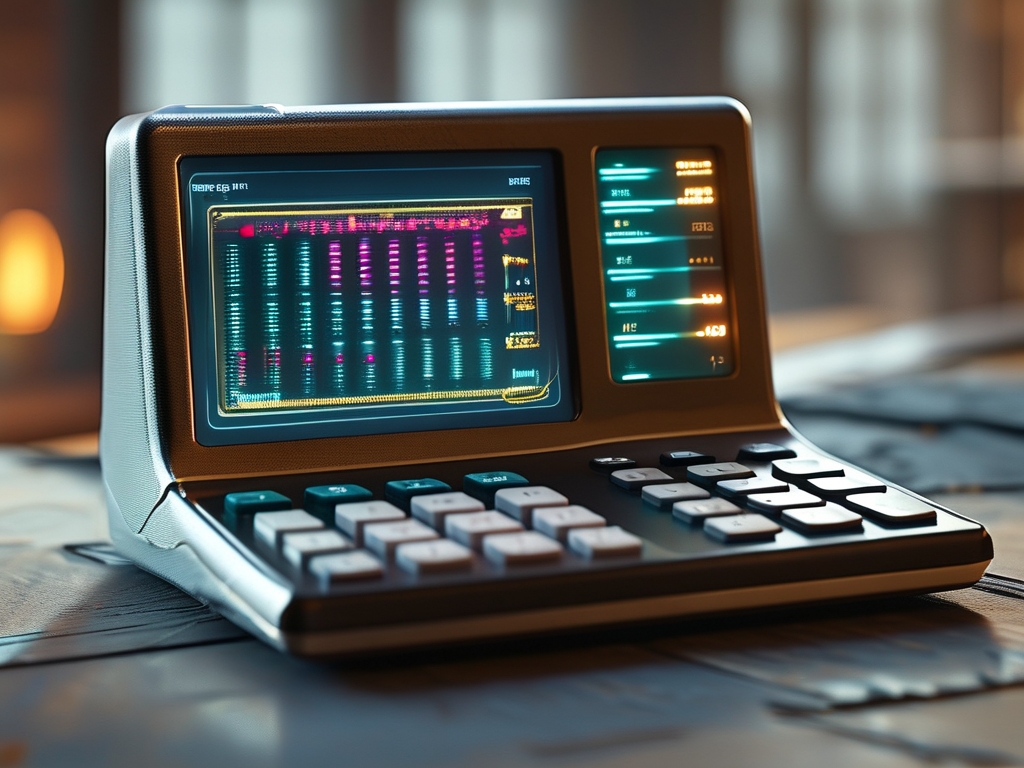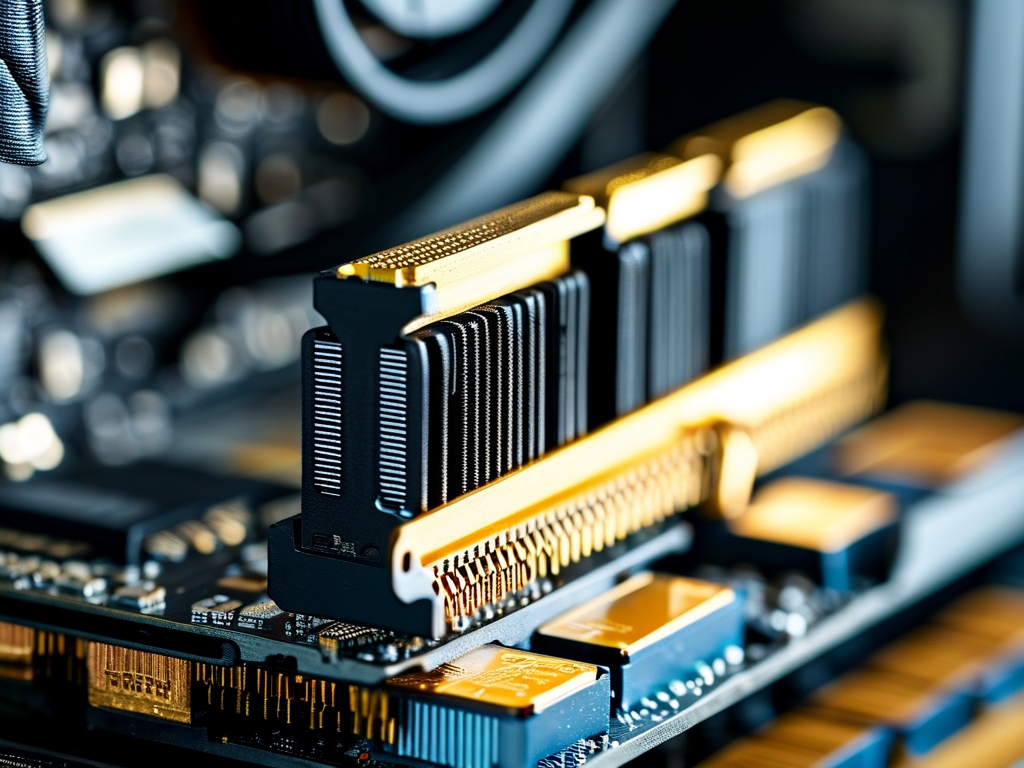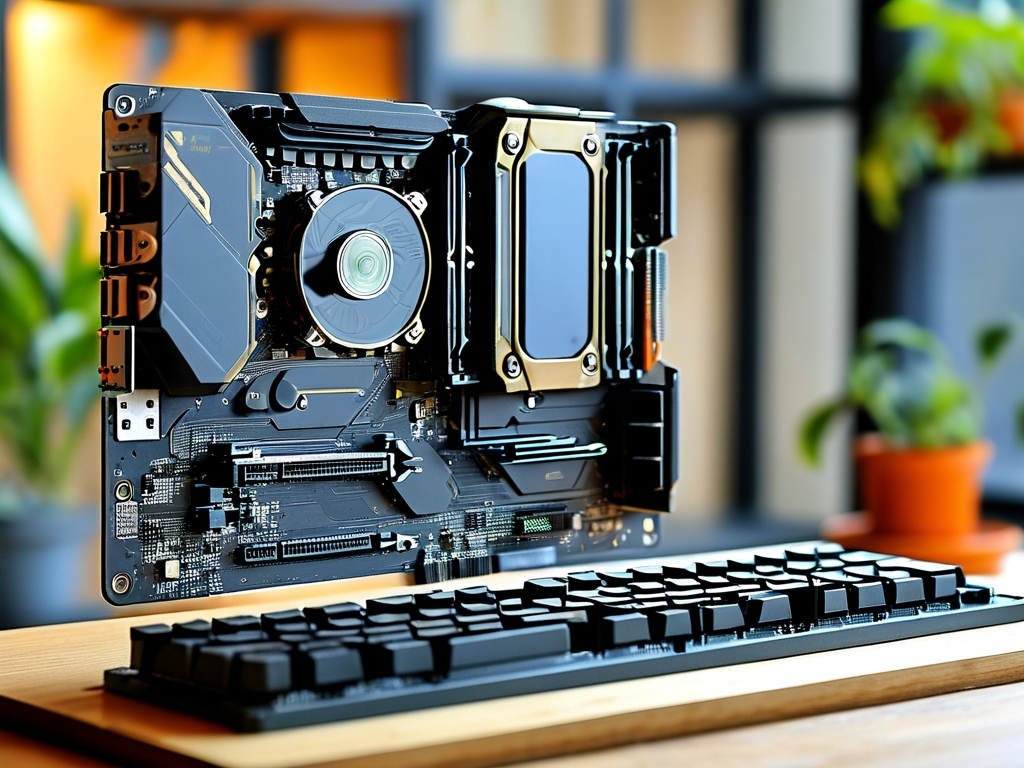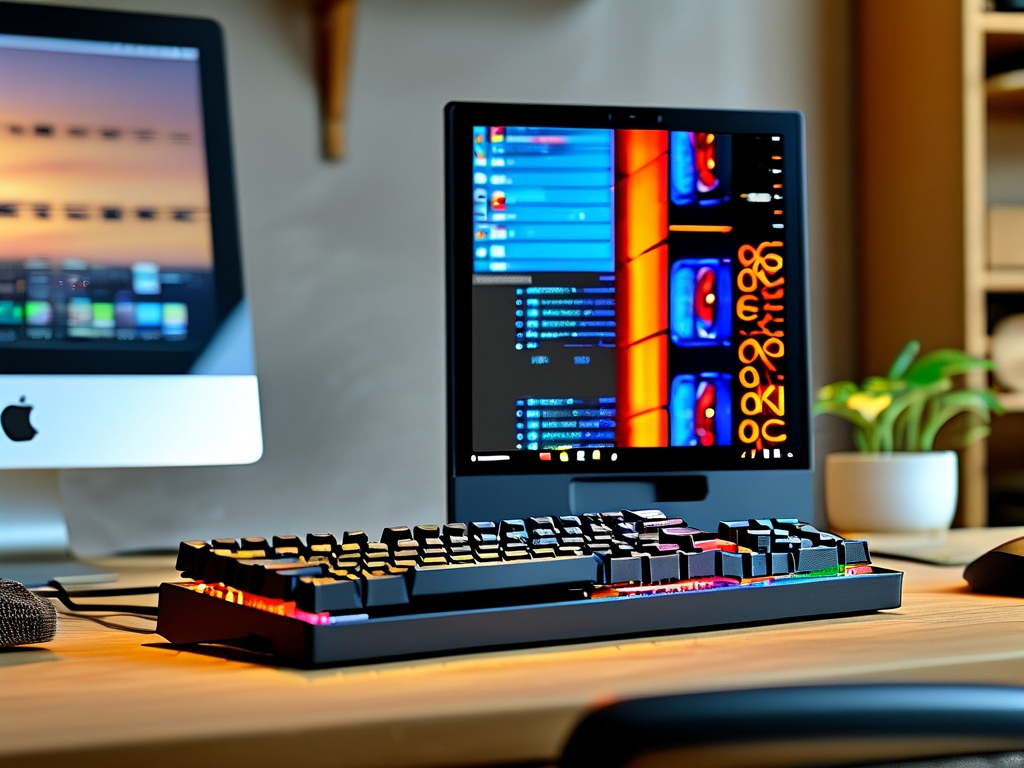In the era of advanced computing, even basic devices like calculators have evolved to support complex functionalities. Many scientific and graphing calculators now allow users to expand their storage capacity through memory disks, enabling enhanced data management and extended functionality. This 1,200-word guide explores practical methods to increase a calculator's memory disk space, catering to both hardware enthusiasts and casual users.
Why Expand Calculator Memory?
Modern calculators like the TI-84 Plus CE or Casio FX-CG50 often handle large datasets, graphing functions, and even programming applications. Limited built-in memory can restrict users from storing multiple projects, equations, or datasets simultaneously. Expanding memory addresses these limitations, allowing for:

- Storage of complex mathematical models
- Installation of third-party apps or custom programs
- Preservation of historical calculations for academic or professional use
- Enhanced multitasking capabilities
Method 1: Hardware-Based Memory Expansion
Tools Required
- Precision screwdriver set
- Compatible memory module (e.g., Flash memory chip)
- Anti-static wrist strap
- Manufacturer's technical manual
Step-by-Step Process
- Verify Compatibility: Check your calculator model's specifications. For instance, the TI-84 Plus CE uses 4MB Flash memory, while older models may require specific memory chips.
- Backup Data: Transfer existing files to a computer via USB cable or cloud storage.
- Disassembly:
- Remove battery cover and power source.
- Unscrew the back panel using a PH00 screwdriver.
- Carefully detach the keyboard ribbon cable.
- Memory Module Replacement:
- Locate the soldered memory chip (typically marked "ROM" or "Flash").
- Desolder the existing chip using a micro-soldering iron.
- Install the new memory module, ensuring pin alignment matches the PCB layout.
- Reassembly & Testing:
- Reconnect all components and power on the device.
- Verify memory upgrade via system settings (e.g., "About" menu).
Note: This method voids warranties and requires technical expertise. For calculators with non-replaceable memory (e.g., HP Prime), consider software-based alternatives.

Method 2: Software Optimization & Virtual Memory
For users uncomfortable with hardware modifications, these software techniques can effectively "expand" usable memory:
a) Memory Partition Resizing
- Connect the calculator to a PC and launch manufacturer software (e.g., TI Connect CE).
- Navigate to "Device Explorer" and identify underutilized system partitions.
- Use disk management tools to reallocate space from OS reserves to user memory.
b) Cloud Integration
- Install apps like CalcStorage Manager (for TI calculators) to sync files with Google Drive or Dropbox.
- Configure automatic offloading of inactive datasets while retaining quick-access shortcuts.
c) SD Card Expansion (For Supported Models)
- Insert a microSD card into slots available on calculators like Casio ClassPad II.
- Format the card using the calculator's built-in utility (F3 → "Format" menu).
- Set default save location to external storage via system preferences.
Troubleshooting Common Issues
- "Memory Full" Errors: Clear cached temporary files using maintenance apps like Cemetech's CleanUp.
- Corrupted Data: Always eject storage properly using "Safely Remove Hardware" options.
- Performance Lag: Avoid filling memory beyond 90% capacity to maintain processing speed.
Ethical & Practical Considerations
- Warranty Implications: Hardware modifications often void service agreements.
- Data Security: Encrypt sensitive financial or research data when using cloud-based solutions.
- Performance Trade-offs: Larger memory may slightly reduce battery life due to increased power draw.
Future Trends in Calculator Storage
Manufacturers are gradually adopting modular designs with swappable memory cards. The recently released NumWorks calculator features USB-C expandable storage, signaling a shift toward user-friendly upgradability. Open-source firmware projects like Omega for TI calculators also enable software-defined memory allocation.
Whether through hardware upgrades or software tweaks, expanding a calculator's memory disk unlocks new possibilities for students, engineers, and hobbyists. While physical modifications demand technical skill, cloud integration and SD cards offer accessible alternatives. Always prioritize data backups and verify compatibility before proceeding. As calculator technology continues merging with mobile computing paradigms, memory expansion will likely become as routine as installing smartphone apps.






